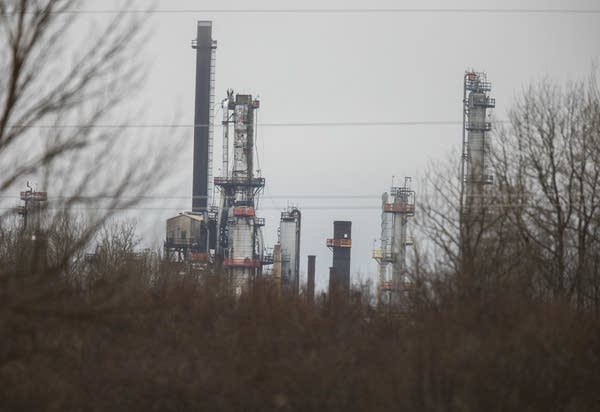Chemical raises concerns in wake of Superior refinery explosion, fire

One day after multiple explosions rocked the Husky Energy oil refinery, rain and snow fall on the facility Friday.
Derek Montgomery for MPR News
Go Deeper.
Create an account or log in to save stories.
Like this?
Thanks for liking this story! We have added it to a list of your favorite stories.


